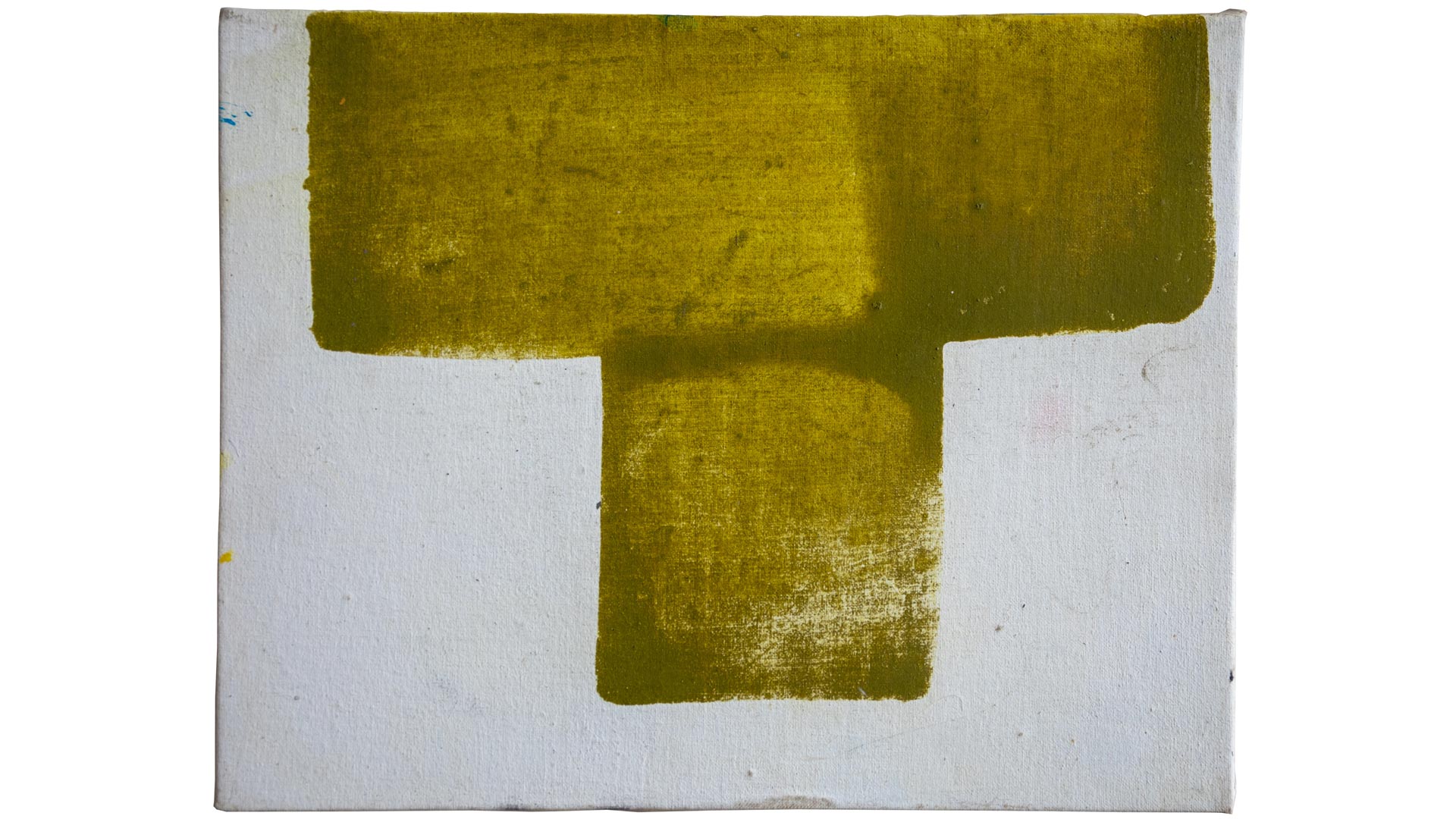The paintings do not depict anything but are instead works of art – or at most the only thing they represent is themselves. Marjatta Holma (b. 1976 Jyväskylä) creates spatial oil and tempera paintings on varying linen and cotton fabrics.
“Tempera and oil painting materials – their feel, smells, and shades – are my subjects in addition to the essence of the exhibition space. The materials of the space and paintings may accentuate each other’s characteristics. Painting is also removing, not always adding.” Marjatta Holma
Holma’s paintings and the space they are exhibited in are thoughtful relation to each other. The exhibition continues the site-specific approach that is characteristic of her work. The works chosen and painted for the exhibition create a relationship between the artwork and the museum space. Both new and some older pieces form the exhibition.
Concrete art is abstract art without actual subject. It does not need explanations or interpretations and it cannot be used for benefit or duplicated. According to painter and art theorist Ad Reinhardt (1913-1967): “Art is art and everything else is everything else.” For Holma, painting is painting. The only subject of Holma’s paintings is the act of painting and their material paint. The logic of concrete art is simple but as an art concept it is extreme and impossible, and perhaps for that reason it is irresistible. The honesty of concrete art is inspiring because the only way to appreciate the painting is to be present in the same space, for it cannot be described with words or replaced with an image.
In Holma’s paintings concretist ideals merge with site-specificity, material oriented practise and conceptual pondering of the painting. Diverging from the tradition of abstract formalism, Holma’s paintings develop gradually while balancing between painterly gestures and clean shapes. The painting as a process always surprises with its own obstinacy. There is always friction and pleasure in the work of an artist and the materials they love. As is characteristic of Holma, the paintings also reference the tradition of art history that her works are connected to. The Black Square, representing the end and eternal beginning of painting, is included in the exhibition.
Marjatta Holma (b. 1976, Jyväskylä) graduated from the Turku Arts Academy in 2004. She was chosen as the Artist of the year by Turku Artists’ Association in 2016. Her latest solo exhibition was at the ARTag Gallery in Helsinki in 2019. She also took part in group exhibitions: Avantgard in Nuottaranta of Turku (2021), Scenes in Turku Cathedral (2019) and Turku Biennial (2015).
Holma’s works are found for example in the following collections: Museum of Contemporary Art Kiasma, Finnish State Art Commission Collection, Finnish Art Society, Jenny and Antti Wihuri Foundation Collection, Jyväskylä and Turku City Collections.










